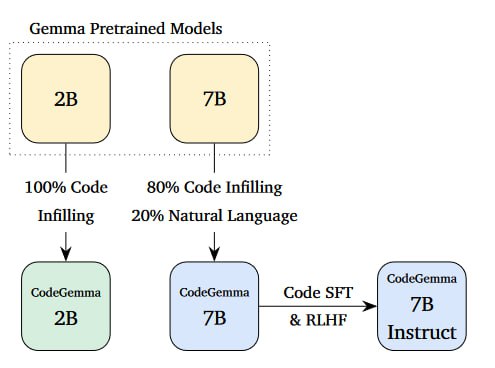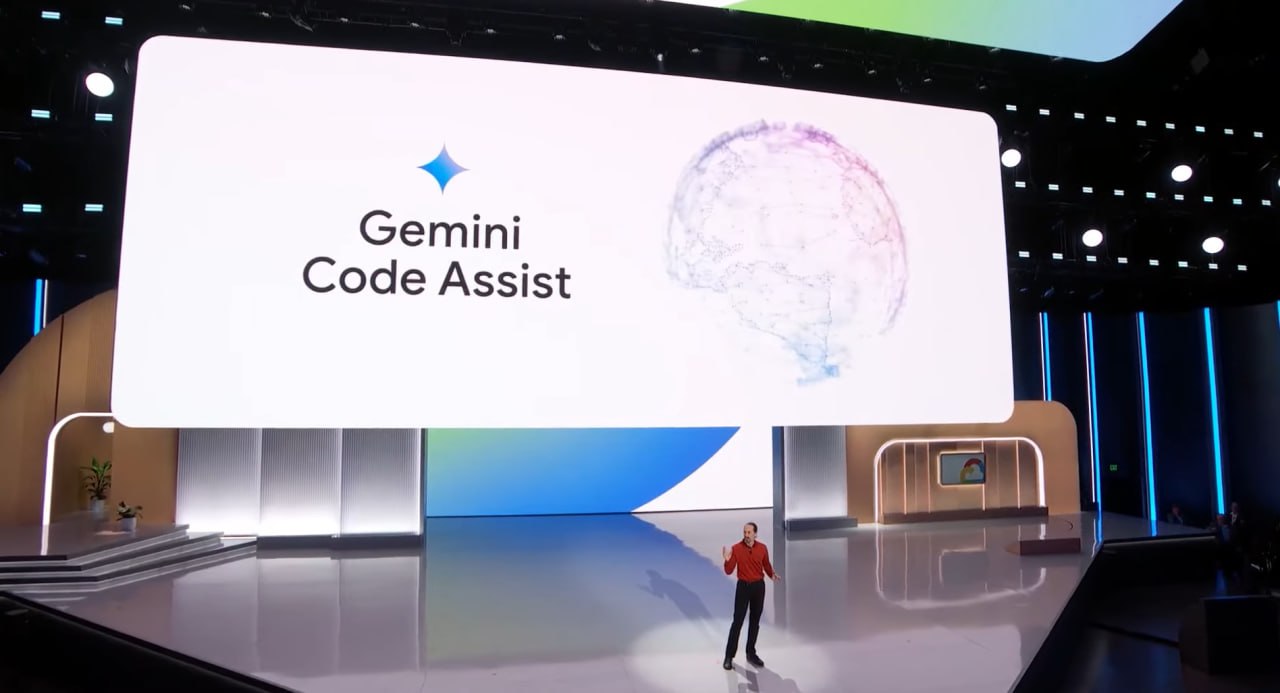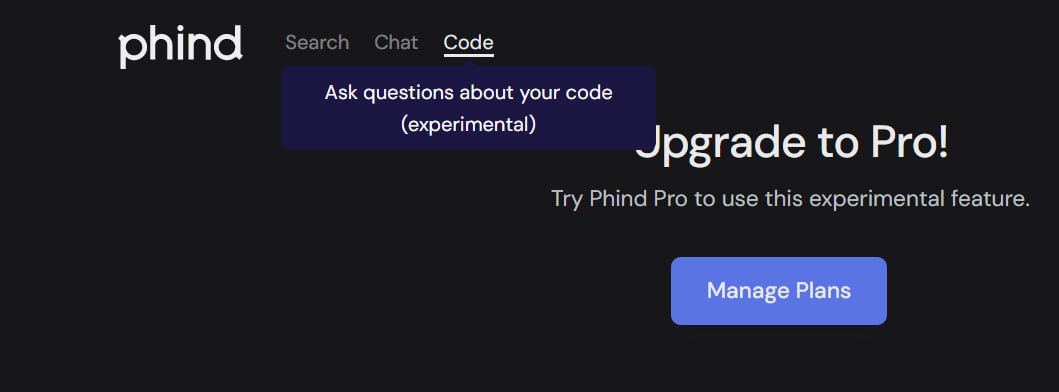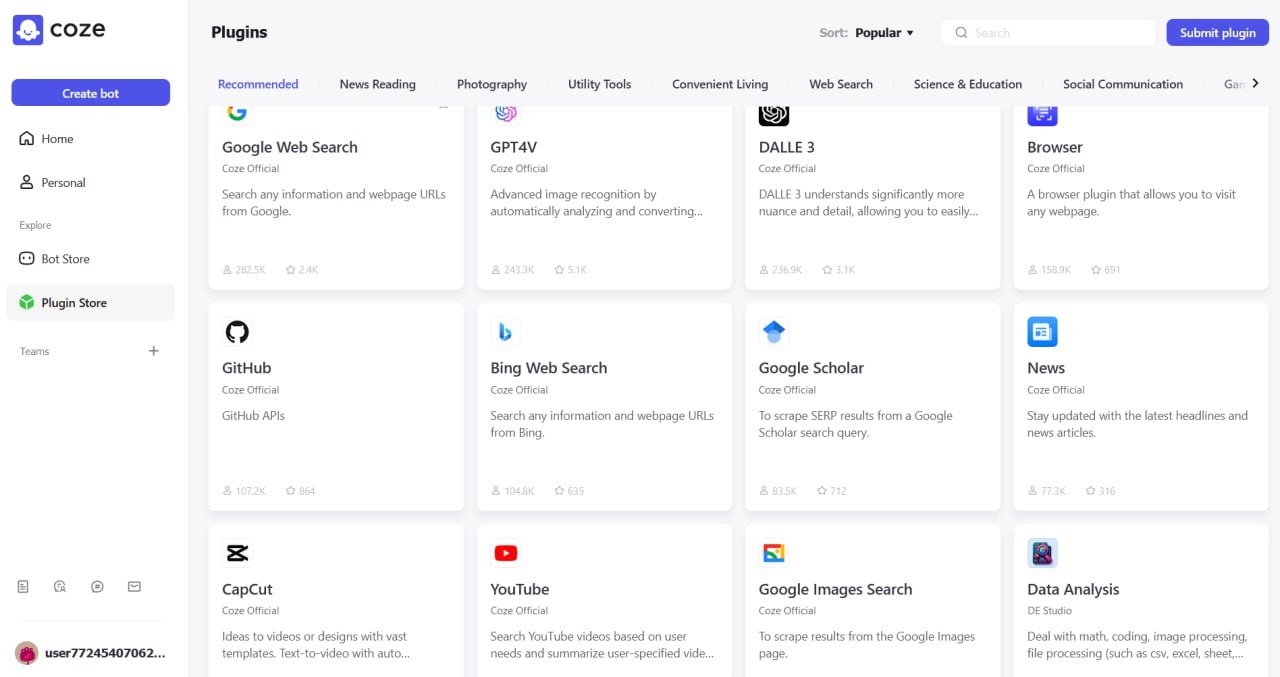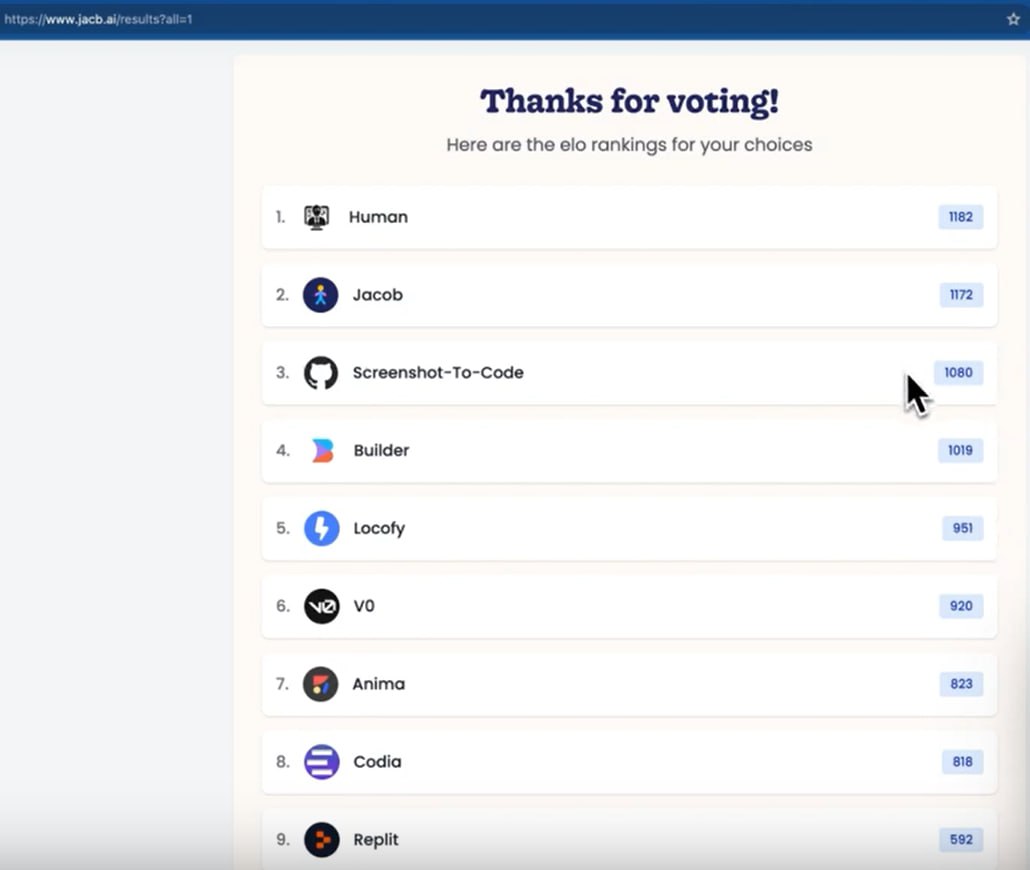
The screenshot shows the results of a "blind" comparison by people of two options for converting design into code: various available tools and a live person
JACoB (Just Another Coding Bot) - it looks like an AI assistant made under the influence of Devin, which converts designs into working code 💻, understands the repository 📂
🔄 Integrates with GitHub repositories and Figma designs
🤝 Smart dialogue with a person through review and code changes
(will be) 🔓 Open source to extend functionality
👥 Adapted to the workflow of an existing team
Interestingly, similar to the new version of GitHub Copilot, they primarily focus on determining the list of tasks for the AI agent by a human
I couldn't check, on my GitHub account they write "Try signing in with a different account."
